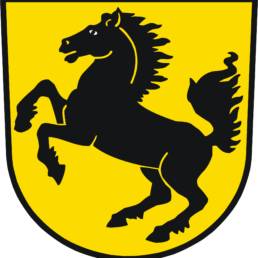Using quantitative studies from the field of human biometeorology, Stuttgart is building long-term adaptation methods into planning procedures to reduce the threats from extreme heat events.
Stuttgart has used results from the field of human biometeorology – the study of interactions between humans and the atmosphere – to model how urban designs can cope with increased frequencies of extreme heat events. The Climate Planning Passport Stuttgart, or “KlippS,” is a two-stage strategy that first evaluates the state of urban climate in areas throughout the city and then focuses on optimizing urban planning measures in vulnerable districts.
8.4 degrees Celsius of air temperature can be reduced by KlippS design strategies
Cities100 – 2017
After screening 59 areas, KlippS identified 24 in urgent need of action to address high levels of potential urban heat stress. The city then used a 3D model to study the impacts of various urban forms on temperature gradients and heat effects on citizens. A number of urban design strategies have since been proposed, developed, and applied as long-term strategies that focus around maximizing green infrastructure to improve air quality and reduce temperatures.
The challenge
Southern European cities such as Stuttgart are more likely to face heat waves and more days with extreme temperatures resulting from climate change. Understanding the relationship between urban planning and temperature regulation is of crucial importance for long-term climate adaptation.
Co-benefits
Environmental The urban green designs of the KlippS project show potential CO2 reduction of more than 2,000 kg per year within a 25,000 m2 green area.
Social Green infrastructure has multiple social co-benefits. Urban aesthetic improvements, options for increased recreational activities, and opportunities for cultural performances all lead to greater social cohesion.
Health The KlippS project provides cooling effects from green infrastructure via shading and increased evapotranspiration, and recorded a mean temperature reduction of 1.5 degrees Celsius during the daytime period of a heat wave, under the suggested local green design.
About Stuttgart
Stuttgart has a population of 609,219, making it the sixth largest city in Germany and the fourth largest metropolitan area in Germany. The city and metropolitan area are consistently ranked among the top 20 European metropolitan areas by GDP. The city’s tourism slogan is “Stuttgart offers more” and under current plans to improve transport links to the international infrastructure the city unveiled a new logo and slogan in March 2008 describing itself as “Das neue Herz Europas” (“The new Heart of Europe”). Stuttgart is a city with a high number of immigrants.


